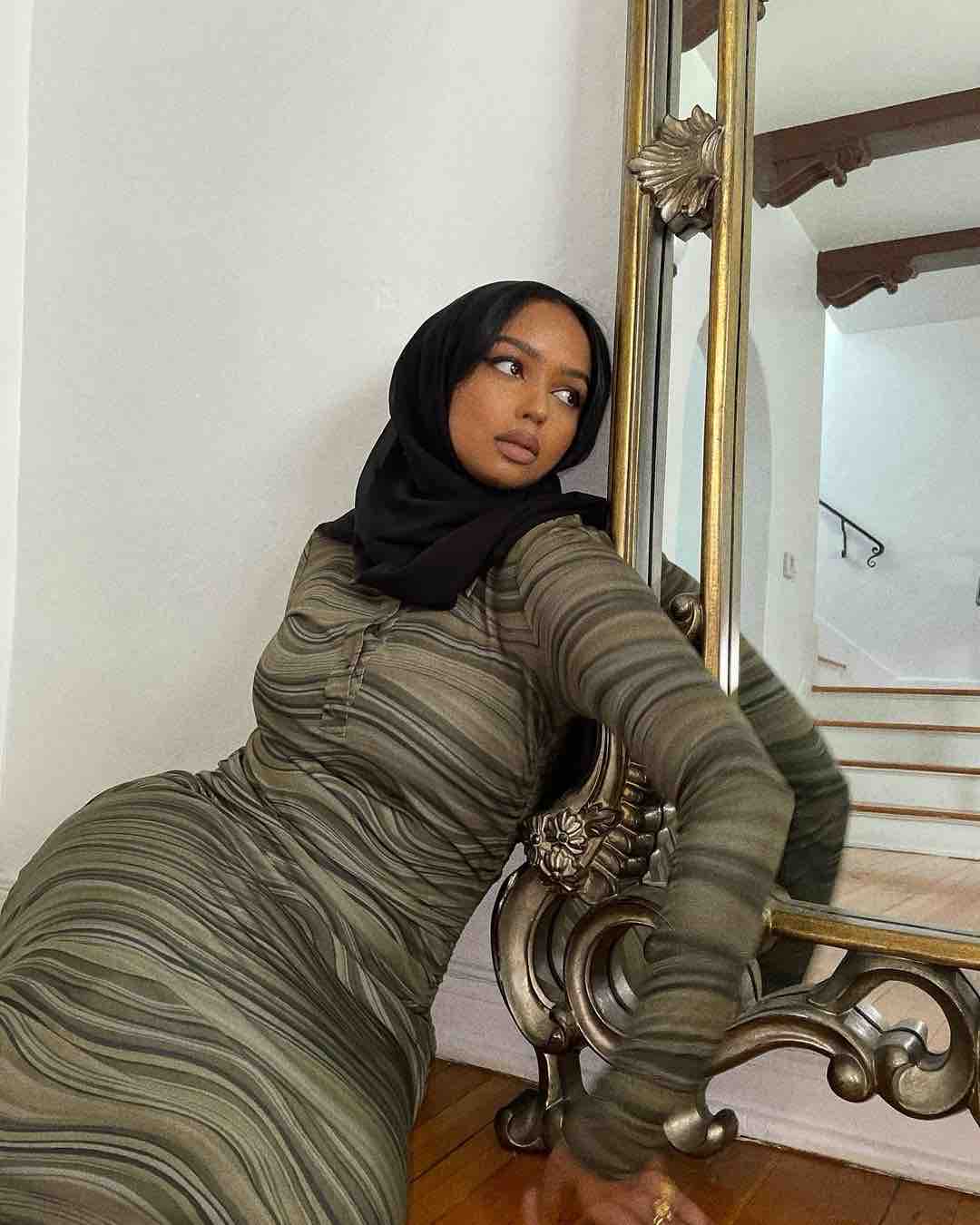No products in the cart.: $0.00
Sign in
Login
No account yet? Create an account
Register
Have an Account. Login
WHAT ARE YOU LOOKING FOR?
Contact us
847 Morris Park Ave, Bronx, New York 10462, US
Phone: +1718 - 684 26 50
E-mail: sale@arabiandresses.com
Information
Stay in touch
Promotions, new products and sales. Directly to your inbox.







